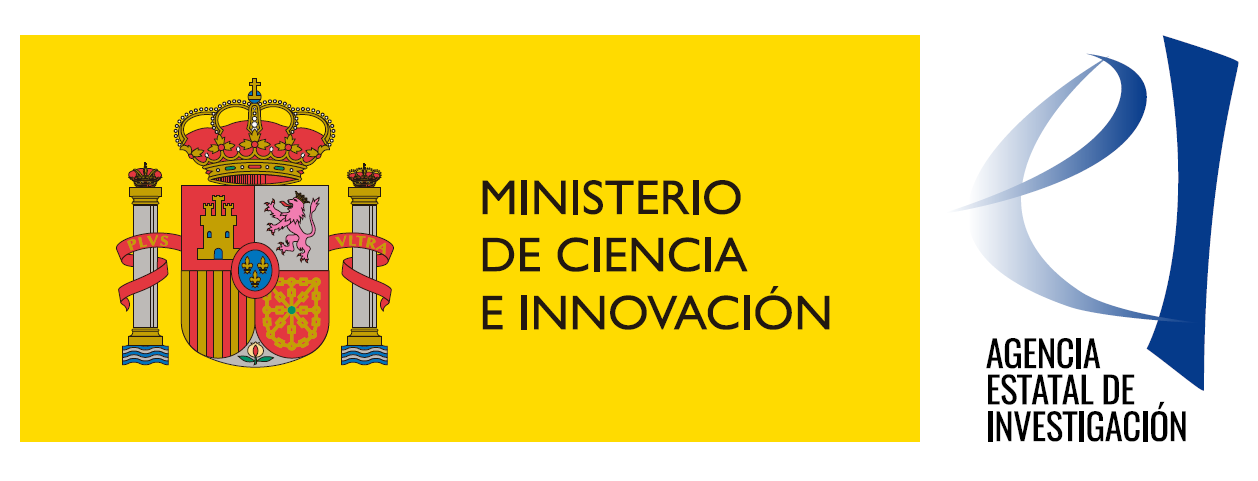Software Engineer Junior Position
Research area or group: NeuroComputational and Biological Vision Team (NeuroBiT)
The NeuroBit group at Computer Vision Center seeks applications to fill a junior software engineer position focused on the development of a software to analyse the results (focusing on neuronal oscillations) obtained by a spiking architecture developed in our group, as well as the modification of this architecture (implemented in Pyhton and NEST simulator software package).
The NeuroComputation and Biological Vision Team (NeuroBiT) conducts fundamental, experimental and computational modelling research on the mechanisms of human visual perception, being at the frontier between Computational Neuroscience and Computer Vision. It addresses problems by combining both, computational modelling tools and psychophysical experimentation. Recent research lines of our members, have been focused on the study of processes such as colour perception (categorisation, chromatic induction and colour constancy), high dynamic range visualisation techniques; visual saliency, and visual aesthetics. Most of our past research experience and background involves the development of high-level biologically-inspired computational models whose fundamentals are firmly grounded on psychophysical studies of human perception. Our present interest also includes the definition of biologically-plausible, mid-level architectures which simulate the network dynamic characteristics of the human visual cortex and the use of computational learning techniques to map the output of our models to complex phenomena. Our final objective is to apply our knowledge to solve important Computer Vision problems and provide some answers to medical and biological questions.
One of the present projects is the development of spiking models for the studying of several perceptual processes in the human visual system. Concretely, we study the formation of the neuronal connections in the cortex and the role of neural oscillations in the learning process. This study is performed using computational spiking models using Spike Timming Dependent Plasticity, a type of plasticity present in biological systems that are the neuronal basis for learning processes. These architectures can only be implemented in computational clusters or supercomputers and generate a huge amount of data (around 10 Gb for a single hypercolumn simulation) which requires a specialized software for its statistical study. Nonetheless, the architecture has to be continuously modified (e.g. ablations) for the study of the impact of every computational element into the final system dynamics. One of the important features to be studied is the generation of neuronal oscillations and its role for the formation of network connectivity and its associated learning process.
Main responsibilities:
● Developing software to perform a statistical study of the results generated by an existing computational architecture, and the modification of this architecture.
Job knowledge, skills and experience:
Education
● Mandatory Engineering or similar Science degree
● Master in some Scientific area (Comp. Sci, Maths, Physics, etc.) is desirable
Essential Knowledge and Professional Experience
● Programming in Python
● Programming in NEST (http:nest-simulator.org) is highly desirable
● Some experience on Vision Science / Human Visual System biology is desirable
● Experience on research projects will be highly evaluated
● Fluency in English
Competences
● The candidate must be an effective communicator, multitask, and work well on collaborative and interdisciplinary designs
● Ability to think creatively
● Ability to work independently and make decisions
● Ability to take initiative, prioritize and work under set deadlines and pressure
Conditions:
The position will be located at Computer Vision Centre (Campus Universitat Autònoma de Barcelona)
● Full-time temporary contract (37.5h/week), a good environment, flexible working hours
● Duration: 2 months
● Salary in accordance with the qualifications and experience of the candidate and to the salary regulations of the entity
● Starting date: March 01, 2024
The Computer Vision Center
The Computer Vision Center (CVC) is a non-profit research center established in 1995 by the Generalitat de Catalunya and the Universitat Autònoma de Barcelona (UAB). Its mission is to carry out cutting-edge research that has the highest international impact in the field of computer vision. It also promotes the transference of knowledge to industry and society.
Computer vision is an exciting research area and an omnipresent technology, essentially empowering machines with the sense of vision. The CVC is a successful marriage between knowledge and innovation. In addition to our cutting-edge scientific achievements, we have established lasting ties with industrial partners and created several spin-off companies.
Deadline: 27/02/2024
All applications must be sent through the online form and include a full CV and contact details.
This position is linked to the project Neurons and Beauty: Learning the common bottom-up mechanisms of aesthetics and visual discomfort (NeuroDeepBeauty), Grant PID2020-118254RB-I00 funded by MCIN/AEI/ 10.13039/501100011033.

OTM-R principles for selection processes
The CVC is committed to Open Transparent and Merit-based Recruitment (OTM-R) for any potential candidate in all our processes. In 2015 we received the Human Resources Strategy for Researchers (HRS4R) award. Through an extensive and continuous process, we improve the conditions and opportunities at CVC. With these actions, the CVC is committed to the principles of the European Charter for Researchers, as well as the Code of Conduct for the Recruitment of Researchers. For more information follow this link.
In reference to Article 121 (Personnel Regulations) of the Public Sector Procedures Law 40/2015, dated 1 October 2015, candidates from the Generalitat de Catalunya and the Universitat Autònoma de Barcelona, as entities of the consortium, will have preference.
En referència a l’Artícle 121 de la Llei 40/2015, d'1 d'octubre, de Règim Jurídic del Sector Públic, de règim de personal, tindran preferència les candidatures provinents de l'administració de la Generalitat de Catalunya i de la UAB com a entitats consorciades.













